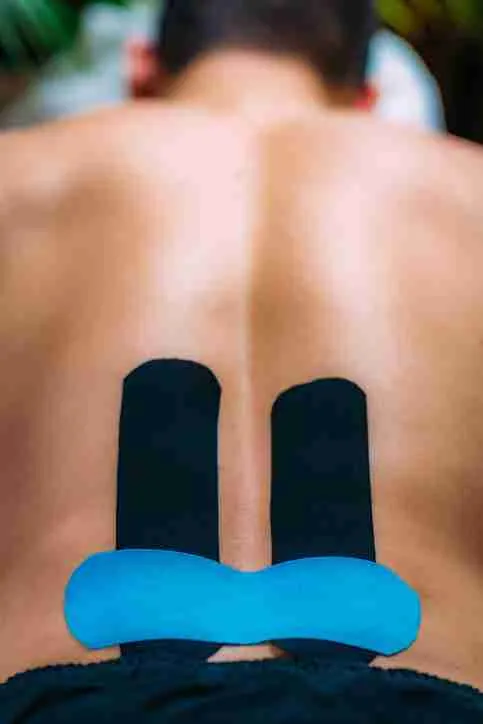How To Sleep With Athletic Tape On
How To Sleep With Athletic Tape On?
Many people who lead active lives will occasionally experience injuries that require them to wear a sports or athletic tape. Usually, they need to wear the tape for a few days at least. Usually, they require the assistance of someone with expert knowledge on how to apply the tape e.g. a physical therapist. This ensures that the tape won’t do more harm than good.
When tape has been applied by someone with expert knowledge, it is usually convenient to wear it to bed. If not, you will need to have the tape job reapplied every day, which can quickly become inconvenient and/or expensive.
A question that patients therefore frequently ask is how to sleep with athletic tape on. In this article, we set out to provide a few tips on when you can wear athletic tape while sleeping. We also provide a few pointers on how to do this while preserving effectiveness of the tape in promoting healing.
What Type Of Athletic Tape Can Be Worn While Sleeping?
We should first point out that, in our view, the best athletic tape to be worn while sleeping is kinesiology tape.
Kinesio taping was invented in the 1970s by Japanese chiropractor Dr. Kenzo Kase. It is designed to facilitate the natural movements of the body. It works by lifting the skin to facilitate the flow of blood and lymphatic fluids to aid healing.
It is also designed to be comfortable to wear over extended periods. It is non allergenic and will not cause skin irritation over a period of days. Therefore, it is the type of athletic tape that you should choose to sleep in.
Traditional zinc oxide tape, while having its uses, is not optimal for wear during sleep. For one thing, it may not be very breathable and will leave your skin hot and sweaty under the tape. This will obviously make it tough to get a good night’s sleep while wearing this tape.
Zinc oxide tape such as Renfrew Trainers’ Tape will also constrain joint range of motion, thus further contributing to your discomfort while you sleep. Kinesiology tape, on the other hand, is an elastic tape that will facilitate joint and muscle movement.
Other Types Of Athletic Tape To Wear In Your Sleep
If you are still intent on wearing a zinc oxide tape to sleep, try using a porous form of tape.
Porous tape (like DynaPo Porous Zinc Oxide tape) allows the skin to breathe more freely while being worn. As a result, it will be less likely to interfere with your sleep.
Another type of tape you may wish to wear while sleeping is a light elastic adhesive tape such as DynaPro Stretchlight. This type of tape will continue to provide support to injured joints, helping them to heal. However, it accommodates joint & muscular movement more than zinc oxide tape or strapping tape like DynaPro Rigid Athletic Tape.
How To Maximize Effectiveness of Kinesiology Tape While Sleeping
We now mention a few tips to help improve the effectiveness of your kinesiology tape while sleeping:
- Make sure you don’t stretch the final inch or two of each section of tape while putting it on. These end sections are known as the anchor sections of the tape. The entire section will hold more firmly in place if the anchors are not under too much tension during application.
- Try passing a blow dryer (at the low warmth setting) over each section of tape after putting it on. Kinesiology tape adhesive is heat activated and exposing it to a low level source of warmth will further increase its effectiveness.








